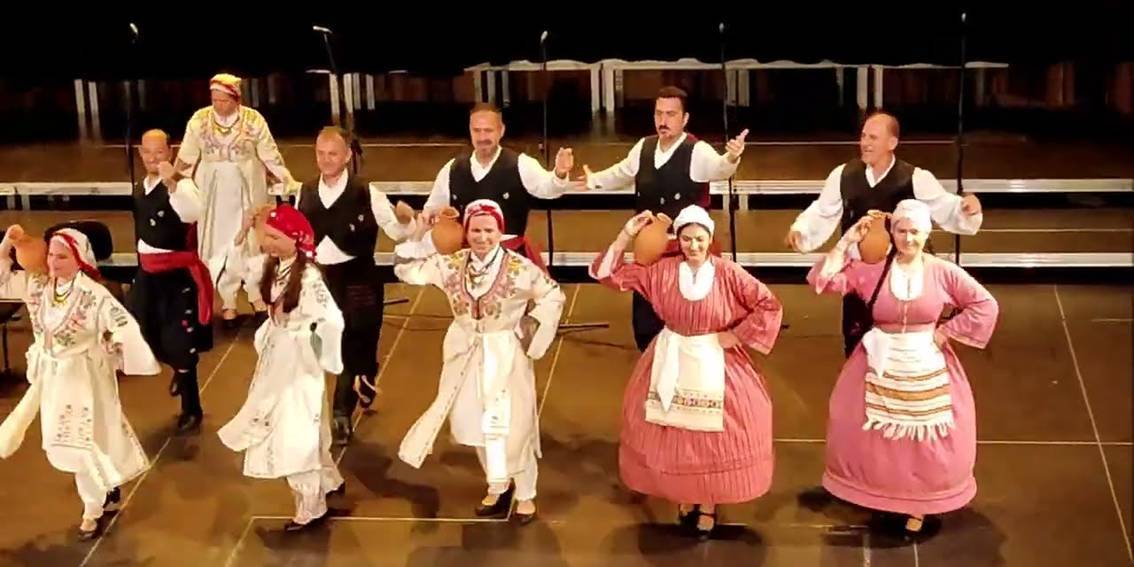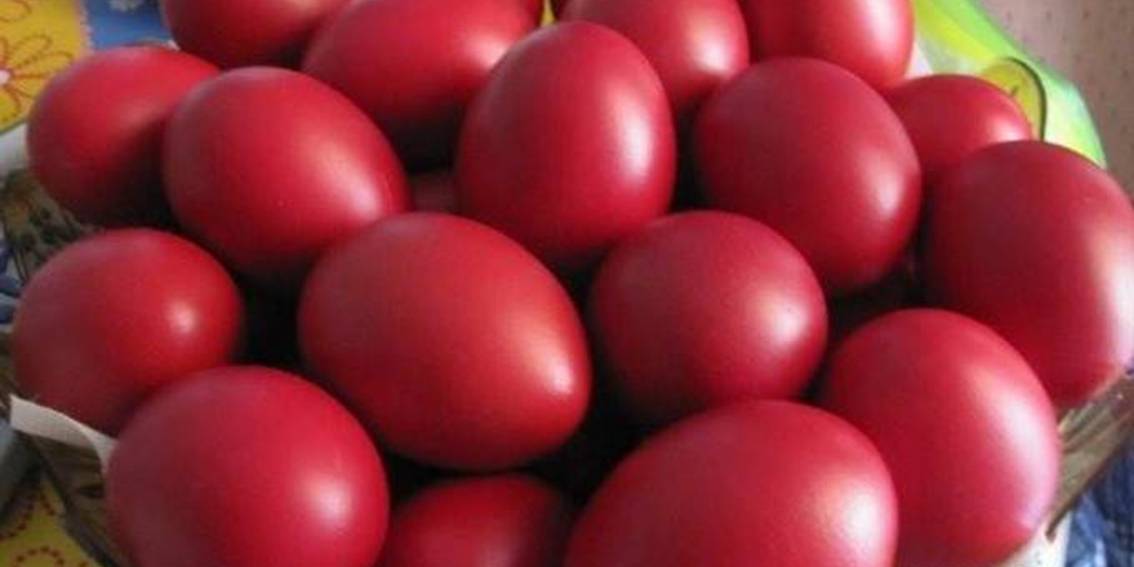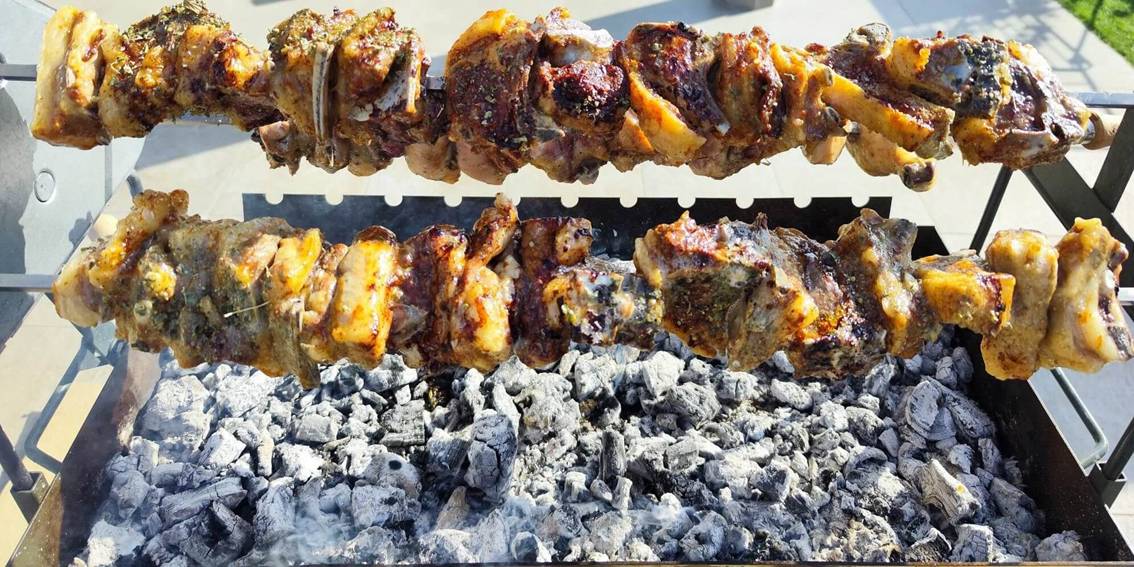Cyprus folk dancing
Basically Cyprus folk dancing is a vibrant and dynamic expression of the island’s rich cultural heritage, blending elements of tradition. Evidently, Cyprus traditional dances are rooted in the island’s history reflecting the diverse influences that have shaped its identity.
A Celebration of Life and Community
Syrtos Dance
At the heart of Cyprus folk dancing is the captivating rhythm that drives each movement and step. Undoubtedly the pulsating beats of the music create energy for the entire performance, drawing participants into the lively spectacle. The lively steps of syrtos. The Cypriot syrtos dance is a traditional folk dance that highlights the island’s rich cultural heritage. In general dancers form a semicircle, holding hands or shoulders, and move gracefully in sync to lively music. At first the rhythm starts slow, gradually building up to a faster tempo. The steps follow a smooth, flowing motion, with alternating foot patterns and occasional jumps. The clarity
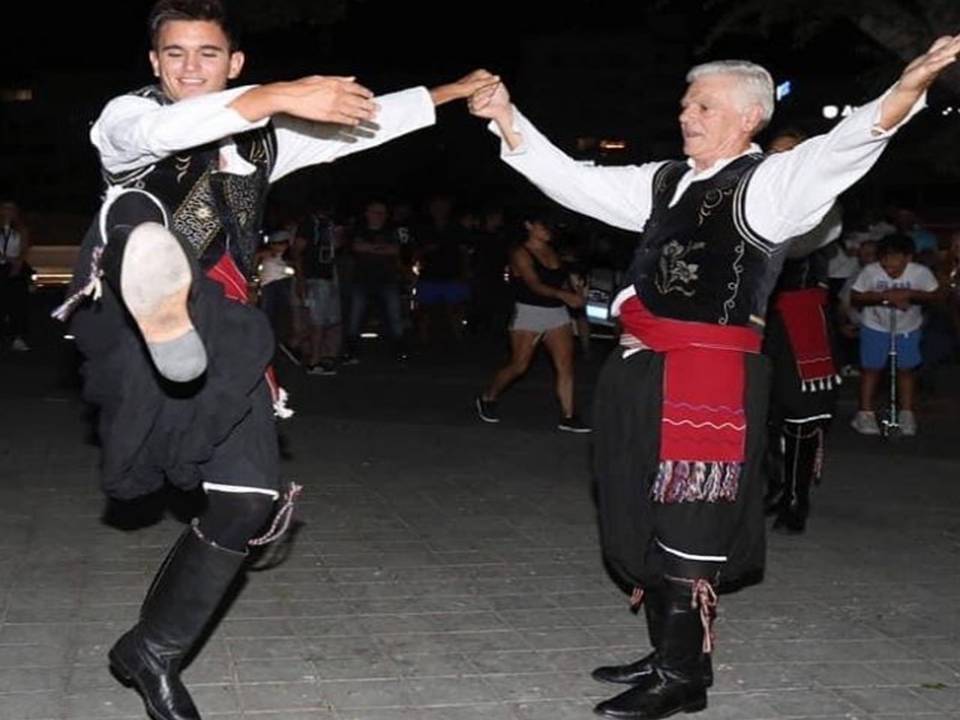
musicians usually play the violin, lute, and tambourine to accompany the dancers, creating a festive atmosphere. To emphasize Syrtos serves as a celebration of community and is often performed at weddings, festivals, and social gatherings. Evidently the dance symbolizes unity, joy, and connection, making it an essential part of Cypriot identity. A tradition passed down through generations as a symbol of tradition and pride.
An Authentic Folk Dance for Men
Tatsia Dance
The Cypriot Tatsia dance is a traditional folk performance that symbolizes community and balance. Dancers form a circle, holding a sieve, or “tatsia,” filled with flour or rice. They tilt and pass the tatsia between them with precise movements, ensuring nothing spills. The rhythm of the music guides the dancers, who must rely on coordination and timing to maintain the flow. A central theme of the dance is teamwork, as one wrong move can cause the contents to fall, disrupting the performance. The Tatsia dance requires concentration and skill, reflecting the cultural values of cooperation and harmony. Participants often perform it during festivals or celebrations, preserving this unique tradition for future generations.
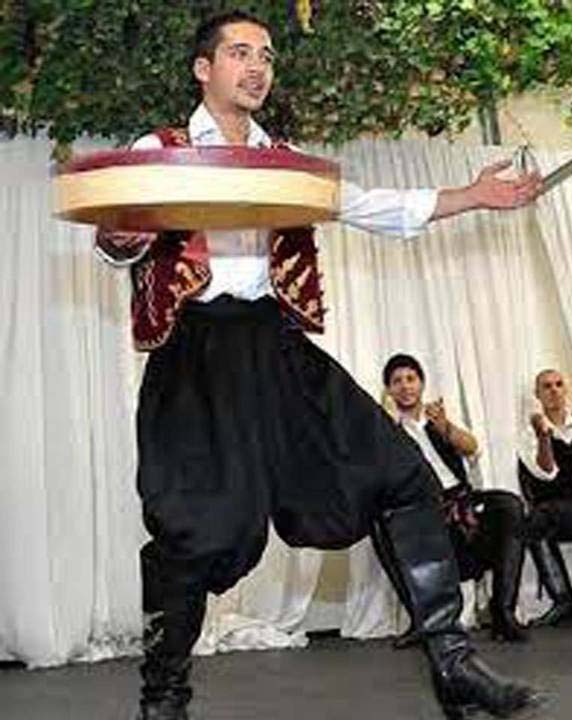
To Drepani Dance
The Cypriot dance “Drepani” represents the agricultural heritage of Cyprus, specifically linked to wheat harvesting. The name “Drepani” comes from the Greek word for sickle, the tool used to cut crops. Dancers perform this lively folk dance in a circle, mimicking the rhythmic movements of farmers reaping their fields. Men and women participate, holding hands, swaying, and stepping in unison to traditional Cypriot music. Their footwork, precise and swift, symbolizes the efficiency and skill of the harvesters. The dancers’ movements grow faster as the music intensifies, creating an energetic, celebratory atmosphere. The Drepani dance showcases Cyprus’ rural traditions and fosters a sense of community, blending cultural pride with joyful expression.

A Traditional Female Dance
The Kouza dance
The Kouza is a lively and traditional Cypriot dance, performed at weddings and festive gatherings. Dancers balance a clay pot, or “kouza,” on their heads while moving to the rhythm of traditional Cypriot music. Precision and grace are essential as they execute intricate steps without dropping the pot. The dance often begins with slow, deliberate movements, and then picks up speed, showcasing the dancer’s skill and balance. Spectators gather in a circle, clapping and cheering to encourage the dancers. The Kouza reflects the island’s deep connection to its heritage, symbolizing resilience and celebration. It serves as a reminder of the importance of Cypriot culture tradition, passed down through generations with pride and joy.
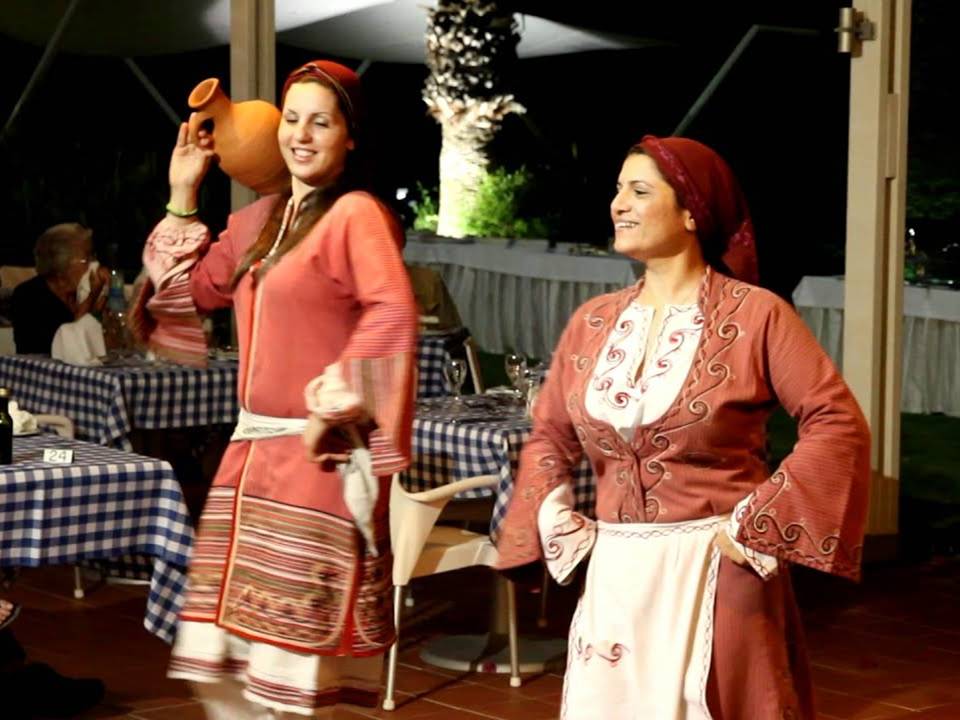
The Potiri Dance
The Cypriot dance “Potiri” is a traditional folk dance that showcases skill, balance, and coordination. Dancers typically perform the Potiri dance, holding a glass filled with liquid on their heads. The dancer then is moving gracefully to the rhythm. The challenge lies in maintaining the balance of the glass throughout the dance, emphasizing the dancers’ precise footwork and poise. Men and women both participate, often in groups, enhancing visual harmony. Live music featuring traditional Cypriot instruments like the lute and violin accompanies the dancers, setting a lively and festive mood. Potiri embodies the spirit of Cypriot culture, blending celebration, elegance, and community pride. This dance is very popular highlight at weddings, festivals, and other cultural gatherings.

The Passion of Cyprus Folk Dancing
Passion infuses every aspect of Cyprus folk dancing from the spirited movements to the emotional resonance of the music. The dancers’ expressions and gestures convey a deep connection to their cultural roots. They embody the stories and traditions passed down through generations. This passionate display serves as a powerful link to the island’s past, preserving and honouring its heritage for future generations.
Cyprus Folk Dancing a Living Art Form
The Cyprus folk dancing is a living art form that continues to evolve while staying true to its origins. Cyprus folk dancing serves as a testament to the resilience and creativity of the Cypriot people. They have maintained their traditions in the face of heritage, historical and cultural challenges. Through their vibrant and spirited performances, dancers keep the spirit of Cyprus folk dancing alive. Dancers are making sure that its rhythm and passion endure for years to come.
The Traditional Dances of Cyprus
The traditional dances of Cyprus are known for their lively and rhythmic movements, reflecting the island’s diverse cultural influences.
Music and dance of Cyprus are deeply rooted in the island’s history, with influences from Greek and Asiatic traditions. The dances often feature intricate footwork, expressive gestures, and vibrant costumes, creating a captivating visual and auditory spectacle.
The Most Iconic Cyprus Folk Dances
“Sirtaki,” The most iconic Cyprus folk dances is a celebratory dance performed at weddings, festivals, and other special occasions. With its infectious rhythm and quick tempo, sirtaki embodies joy and exuberance of Cypriot culture. It’s inviting participants to join in the communal celebration and have a good time.
In addition to sirtaki, Cyprus is home to a diverse range of regional dances. Each dance with its own unique style and story. From the flirtatious “zeipekiko” to the dramatic “tsifteteli,” these dances offer a glimpse into daily lives, and emotions of Cypriots.
Beyond their Entertainment
Beyond their entertainment value, Cyprus folk dances also serve as a means of preserving and passing down cultural heritage. Through dance, stories, and traditions are kept alive, providing a tangible connection to the past and a source of pride for future generations.
Today, efforts are being made to ensure the continued vitality of Cyprus folk dancing, with schools, organizations, and cultural institutions. These centres are promoting education and participation in traditional dance forms. The initiatives help to safeguard the survival of Cyprus’s cultural heritage and foster community bonding and cross-cultural understanding.
Conclusion
Cyprus folk dancing offers a captivating exploration of rhythm and passion. Dancing is serving as a living testament to the island’s history, traditions, and identity. Through its dynamic movements and vibrant expressions, dancing continues to captivate audiences, showcasing the enduring spirit of Cypriot culture.

